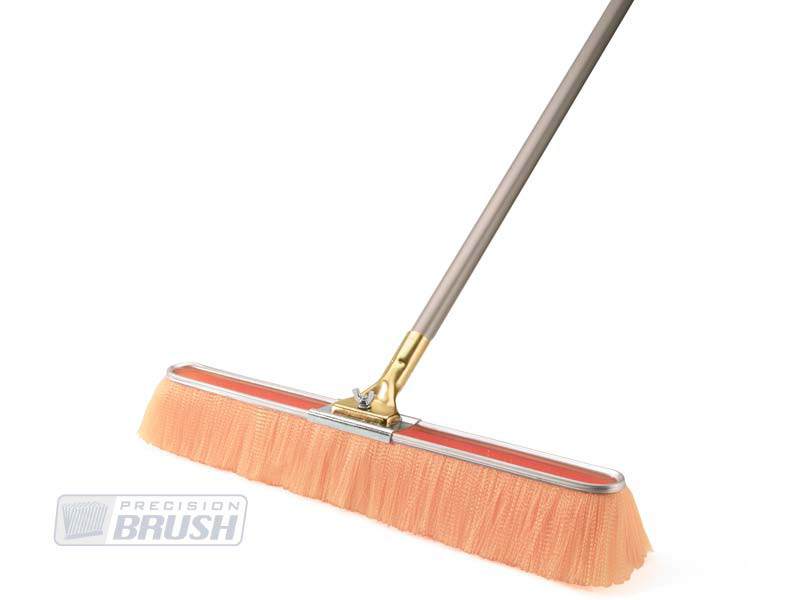- Stock Brushes
- Custom Brushes
- Brushes By Shape
- Brushes By Type
- Metal Channel Strip Brushes
- Flexible Strip Brushes
- Artist Brushes
- Staple Set Brushes
- Wire Drawn Brushes
- Conductive & Antistatic Brushes
- Anti Static Hand Held Brushes
- Anti Static Pencil Brushes
- Anti Static Strip Brushes
- Conductive Strip Brushes Brass
- Conductive Strip Brushes Thunderon
- Conductive Strip Brushes Conductive Nylon
- Conductive Hand Held Brushes
- Conductive Strip Brushes Stainless Steel
- Conductive Pencil Brushes
- Dissipative Brushes
- Dissipative Nylon Strip Brushes
- Dissipative Nylon Push Broom
- Insulative Strip Brushes
- Insulative Pencil Brushes
- Insulative Hand Held Brushes
- Titanium Brushes
- Twisted In Wire Brushes
- Epoxy Wound Brushes
- Step by Step Brush Design
- Common Uses
- Brush Holders
- Brush Info
- Design Sheets
- About Us
- Contact Us
Dissipative Nylon Push Broom | Precision Brush
Dissipative Nylon Push Broom

| Dissipative Nylon Push Broom | ||||
|---|---|---|---|---|
| BRUSH NUMBER | BRUSH WIDTH | TRIM LENGTH | FILL MATERIAL | BOX |
| SR43917 | 23" | 3.5" | Dissipative Nylon | 12 |
The SR43917 eliminates the problem of static electricity in many applications by providing a rapid dissipation of static charge faster than standard nylon filaments. Studies have shown that the ability of materials to dissipate charge generated on their own surface by contact or sliding actions is well matched by the decay of charge deposited from a high voltage corona discharge. Nylon-AS eliminates the problems generated by static electricity in many applications by providing a rapid dissipation of static charge. Conductive materials have to be grounded in order to dissipate charges. Antistatic materials inhibit the generation of static charges.
Static decay is the time required for a sample to dissipate a percentage (90-99%) of an initial charge of 5 KV (both positive and negative). A charge is induced on the sample by contact with electrodes, and is then grounded. An electronic voltmeter makes electrostatic (non-contact) measurement of the charge on the sample
| Charge Decay @ 21.1°C (70°F), 29% r.h. | |||
|---|---|---|---|
| SAMPLE | t(5000 à 50 V) [sec] | t(-5000 à 50 V) [sec] | Average [sec] |
| Nylon-AS (Antistatic) Filaments | 2.06 | 1.53 | 1.8 |
| Standard Nylon Filaments | 100 | 100 | 100 |
Charge Decay: The migration of charge across or through a material leading to a reduction of charge density or surface potential at the area where the charge was deposited.
Charge Decay Time: The time required for the local charge density or surface potential to fall to a selected percentage of its initial value.
Corona: The generation of ions of either polarity by a high localized electric field.






